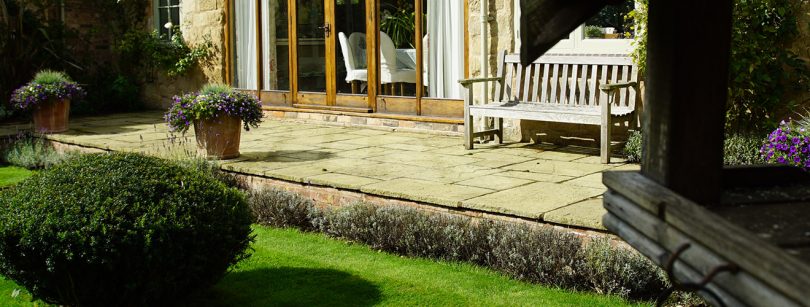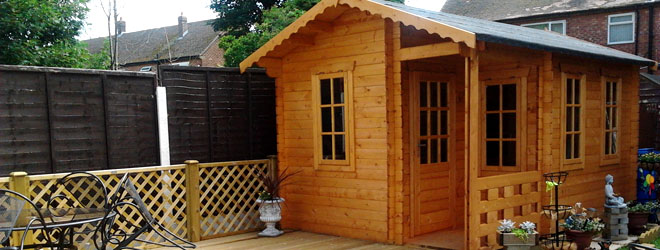Garden paving is an essential part of the modern garden, providing mud-free areas on which to relax; sturdy surfaces for furniture and pots; and for adding texture and colour to a garden’s design. We’ve been contemplating a paving stone upgrade for some time* so to get us thinking along the right track thought we should consult an expert for some valued opinion. Step forward Tom Clifford of paving aces Westminster Stone…
These days there’s a huge rage of garden paving options available. How would I go about choosing what type is best?
I always start by asking three questions when finding the right product for someone:
- Are you looking for a traditional or contemporary product?
- What colour tones are you looking for?
- What is your budget?
Asking the customer these three questions can narrow your search from hundreds of products to just a handful. The right product is different for everyone. From there you can look at different stone types to suit each application.
What are the most popular ranges at the moment?
Our Traditional Flagstones have always been our main selling line and for the third year in a row our National Trust Hidcote flagstones have been our best seller. 20mm porcelain paving tiles for gardens are becoming more and more popular each year and look fantastic for contemporary gardens, especially when used inside through bifold doors as well, for that seamless indoor / outdoor look and feel.
Do you have any advice on designing patterns for paved areas?
One simple piece of advice with all random pattern paving is to never have a cross joint, the joints should always be staggered. It’s baffling how often you see this. For intricate designs it’s best to employ a designer to create a scheme for you (it’s cheaper than you’d think) but to add a little thought to a basic patio, just adding a row of cobbles or setts round the perimeter finishes it off nicely.
When laying down a new paved patio area what’s your preferred method for fixing the paving in place?
The traditional method of sharp sand and cement at a semi dry mix of 4-to-1. If laying porcelain or a particularly flat stone you will want to use a porcelain primer or a bonding agent, making sure to use a full bed of mortar and not dot and dab method.
I’m considering digging up some lawn and putting a new patio by the house in my garden but it’s at the bottom of a slope and gets very wet during rainy periods. Is there anything I can do to aid drainage?
There are a few options depending how much water and the ground conditions: Run it off into a planting bed where the trees or shrubs will draw a lot of the water; Drain it into an existing soak away, or you may need to create one if not. You can very marginally slope the patio to guide the water into a drainage channel to carry the water to the desired location.
How much maintenance does a paved patio need?
This is dependent on the product. Limestone and porcelain tend to be fairly low maintenance whereas sandstone can be quite high maintenance. Our traditional flagstones are also fairly low or no maintenance as we feel, with it being an aged product, it’s best to never clean it so it looks like it’s been there forever. The biggest misconception with patio maintenance is the power washer. Stay away from the Jet wash with all types of stone!
Finally, when you find time to relax on the patio and enjoy your garden, what drink do you reach for?
Haha! This is a good question. It’s got to be an ice cold beer whilst cooking a BBQ. Isn’t that what all British patios are for!?

Check out the full range of Westminster Stone’s garden products at westminsterstone.com
*And to get rid of some of the patches of lawn that have been so destroyed by dogs that only the dandelions have survived








This is really interesting! I think limestone is one of the best paving materials available, as it is low maintenance and aesthetically pleasing. Thanks for the post.
[…] Posts I enjoyed: The science of mulled cider; and A guide to choosing the right paving stone for your garden. […]